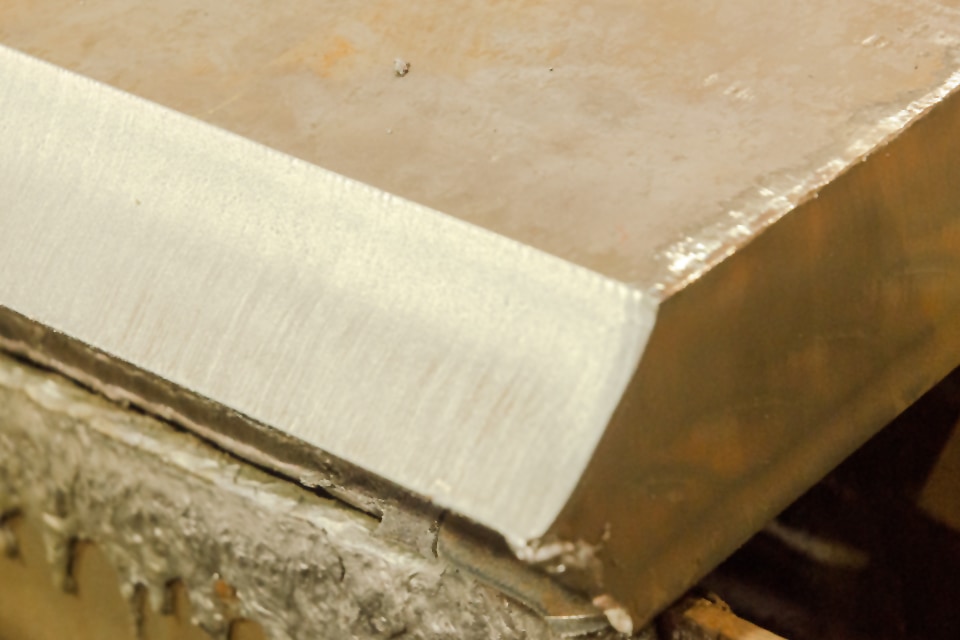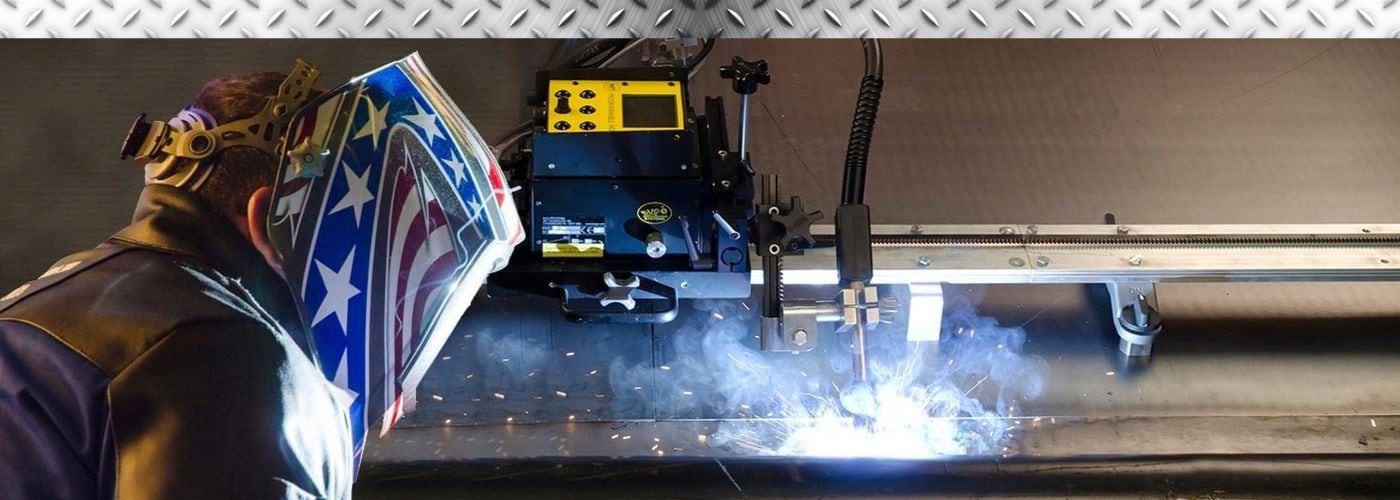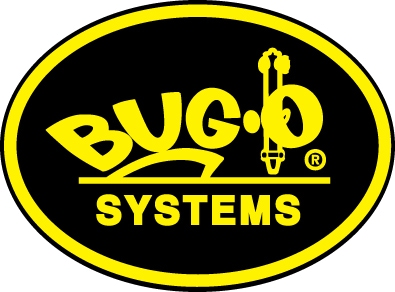Welding is not merely joining metal; it’s the lifeline of manufacturing. Each weld, a crucial nexus, holds the potential to either fortify or falter in the face of structural demands. Thus, welding perfection is an undying pursuit within the industrial sector. Whether fabricating a bridge or crafting jewelry, welding quality can never be overlooked.
For professionals engaged in welding and manufacturing engineering, the continuous refinement of your craft is paramount. Here, we’ll dissect the underpinnings of welding productivity and how you can enhance it to create robust, lasting bonds in every project.
Importance of Weld Quality in Production
Before we get into the technicalities, it’s crucial to understand why weld quality is important for successful production. A lapse in weld integrity can cause a series of calamities, from product malfunctions to safety hazards.
Faulty welds lead to structural weaknesses that can undermine the whole assembly’s strength, jeopardizing the end users’ safety and structural integrity over time. Quality welding, conversely, ensures that the fabricated component exceeds performance expectations and endures the test of time. Beyond safety considerations, impeccable welding enhances a product’s aesthetics and marketability.
How to Make Good Welds? Requirements to Know

To achieve high-quality welds, several parameters must be meticulously managed. These include:
- Weldments Accuracy: Precise welding is the bedrock of quality. Components must align within specific tolerances to ensure the welding process is executed accurately.
- Consistency of Joint Designs: The design of the weld joint, bevel angles, and fit-up is vital to achieving the right penetration and fusion. Deviations in these can lead to uneven stress distribution in the weld, thereby compromising its structural integrity.
- Material Condition: Material cleanliness, absence of impurities, and proper material prep are significant factors affecting the quality of the weld.
- Controlled Welding Process: This involves choosing consumables, proper welding procedures, and meticulous control over parameters like temperature, speed, and environment during welding.
Welding Quality Levels
Quality in welding is not a one-size-fits-all concept. Different industries and applications demand varying degrees of weld quality, which can generally be classified into three levels:
- Code Quality: This is the highest standard of weld quality, meant for critical applications in the nuclear, aerospace, and defense industries. Welds in this category are subject to stringent inspection and must adhere to codes and standards with zero tolerance for defects.
- Standard Quality: It is the quality required for most general applications and complies with industry standards. While the standards may not be as rigorous as code quality, they still demand high levels of integrity and safety.
- Basic Quality: Typically found in non-critical applications, basic quality still involves controlling welding parameters. But inspections and testing are not as exhaustive as in the prior categories.
Understanding the quality level needed for a particular project is the first step toward improvement and maintaining industry compliance.
How Does Bug-O Help with Welding Quality?

Bug-O Systems has been a pioneer in welding automation and mechanization since 1948. We are committed to delivering exceptional weld quality with a wide range of products designed for various welding applications.
Our automated welding systems offer precise control over the entire process, ensuring consistent results every time. Our equipment helps easily achieve code-quality welds by eliminating human error and fatigue. With our advanced technology, engineers can monitor and adjust welding parameters in real-time, ensuring total control over the welding process.
In addition to automated systems, we also offer a variety of supplementary products, such as cladding systems and fixturing equipment. These tools aid in achieving accurate weld setup and positioning and proper material preparation for superior weld quality.
Optimize Your Workflow with Bug-O
When we talk about improving welding quality, it’s not just about the weld itself; the surrounding processes and workflows contribute significantly. Bug-O’s emphasis on mechanization extends to the entire fabrication workflow, not just the welding step.
With Bug-O’s cutting, welding, and positioning equipment, users can achieve a seamless workflow that eliminates human errors and increases production. This optimized workflow translates into consistently high-quality welds that meet or exceed industry standards. Get in touch with us to make your workflow a top one.


Recent Comments